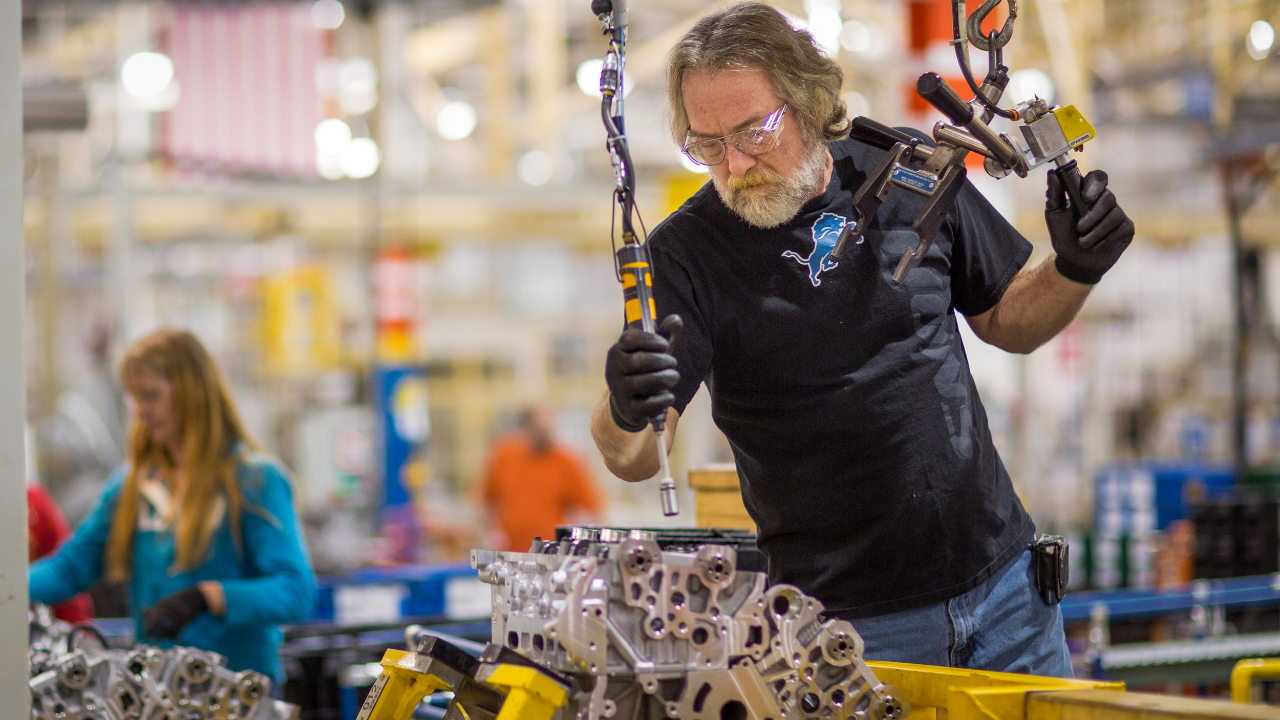
General Motors (GM) is taking on one of its biggest challenges yet: removing all Chinese-made parts from its North American vehicles by early 2027. The company has ordered thousands of its suppliers to stop using components from China and find new sources instead. This move is part of a larger effort to make GM’s supply chain stronger and less dependent on foreign materials, especially as tensions grow between the United States and China.
The company’s plan marks a major change in how cars are built. It not only affects suppliers and factories but also reflects broader changes in global manufacturing. Political disagreements, trade restrictions, and rising tariffs have made many American companies rethink where they get their parts. GM’s decision is both a response to those concerns and a bold attempt to prepare for an uncertain future.
Breaking Long-Standing Ties

For more than two decades, GM and other U.S. automakers have relied heavily on China for affordable, high-quality vehicle parts. Many components, especially electronics, microchips, and other advanced materials, come from Chinese factories. This partnership made cars cheaper to produce and helped automakers move quickly from design to market.
However, this deep reliance has now become a weakness. Trade conflicts, supply delays, and diplomatic tensions have shown how fragile global supply systems can be. When borders close or tariffs rise, manufacturers are left struggling to meet production goals. GM’s new policy aims to fix this problem by rebuilding its supply chain from within North America. But doing so means undoing years of existing relationships and finding new domestic or regional suppliers, all under a tight timeline.
This enormous task affects over 2,000 suppliers and hundreds of thousands of different vehicle parts, from simple bolts to complex computer chips. Many in the industry doubt whether GM can make the change so quickly. Still, the company’s leaders believe that breaking away from dependence on China is essential to their long-term survival.
Pressures and Industry Changes

The move away from China comes at a time when several factors are putting pressure on automakers. Continued trade wars, new tariffs, and disruptions caused by the pandemic have all exposed the risks of global dependence. Materials such as rare-earth minerals and semiconductors, key components in modern cars, are often controlled by Chinese companies. When diplomatic relations worsen, those materials become difficult to export, leaving automakers in a difficult position.
Under the direction of CEO Mary Barra, GM has made supply chain resilience one of its top priorities. The company wants its supply network to be strong enough to handle political and economic instability. In late 2024, GM officially informed all its suppliers that they must stop using Chinese parts by 2027. The hardest challenge will be replacing electronics, since China plays a major role in global technology manufacturing.
At the same time, other major carmakers such as Ford, Tesla, and Toyota are also working to reduce their reliance on China, though none have committed to changing as fast as GM. U.S. government agencies have supported these efforts by announcing new restrictions on Chinese technology in vehicles, including a planned 2027 ban on connected Chinese cars over data and security risks.
Regional Effects and Future Outlook

The shift will reshape GM’s entire North American operation. Factories across the United States, Canada, and Mexico will now need to source alternative parts from domestic or regional producers. Smaller suppliers, which often depended on low-cost Chinese materials, may find the transition especially difficult. Some could face layoffs or factory closures. This disruption will hit manufacturing areas like the Midwest and Ontario the hardest, putting workers and local economies under strain.
Still, some see opportunity in this moment. By bringing more production back to North America, GM could help strengthen local manufacturing industries and create new jobs in the long term. Economists have described the company’s plan as both a risk and a potential turning point. If successful, it may spark a broader trend of reshoring, bringing manufacturing closer to home in response to global uncertainty.
However, the transition also carries diplomatic and economic risks. GM operates several joint ventures and factories within China that produce cars for the Chinese market. Cutting ties on the parts side could strain those relationships or invite retaliation, potentially hurting GM’s position in one of the world’s largest auto markets.
In the coming years, suppliers will also face stricter U.S. rules banning the use of Chinese software or hardware in vehicles sold domestically. Even components built in North America could be disqualified if they include Chinese technology. For many businesses, meeting these new standards will be expensive and complex.
As 2027 approaches, GM’s transformation will serve as a real-world test of whether American automakers can stand independently in a global economy defined by competition, security concerns, and changing political landscapes. A smooth transition could inspire others to follow suit, creating a more self-sufficient regional industry. But delays or cost overruns could have the opposite effect, raising prices, slowing production, and harming profits.
Either way, GM’s bold plan is already reshaping how the auto industry thinks about risk, reliability, and the future of manufacturing.
